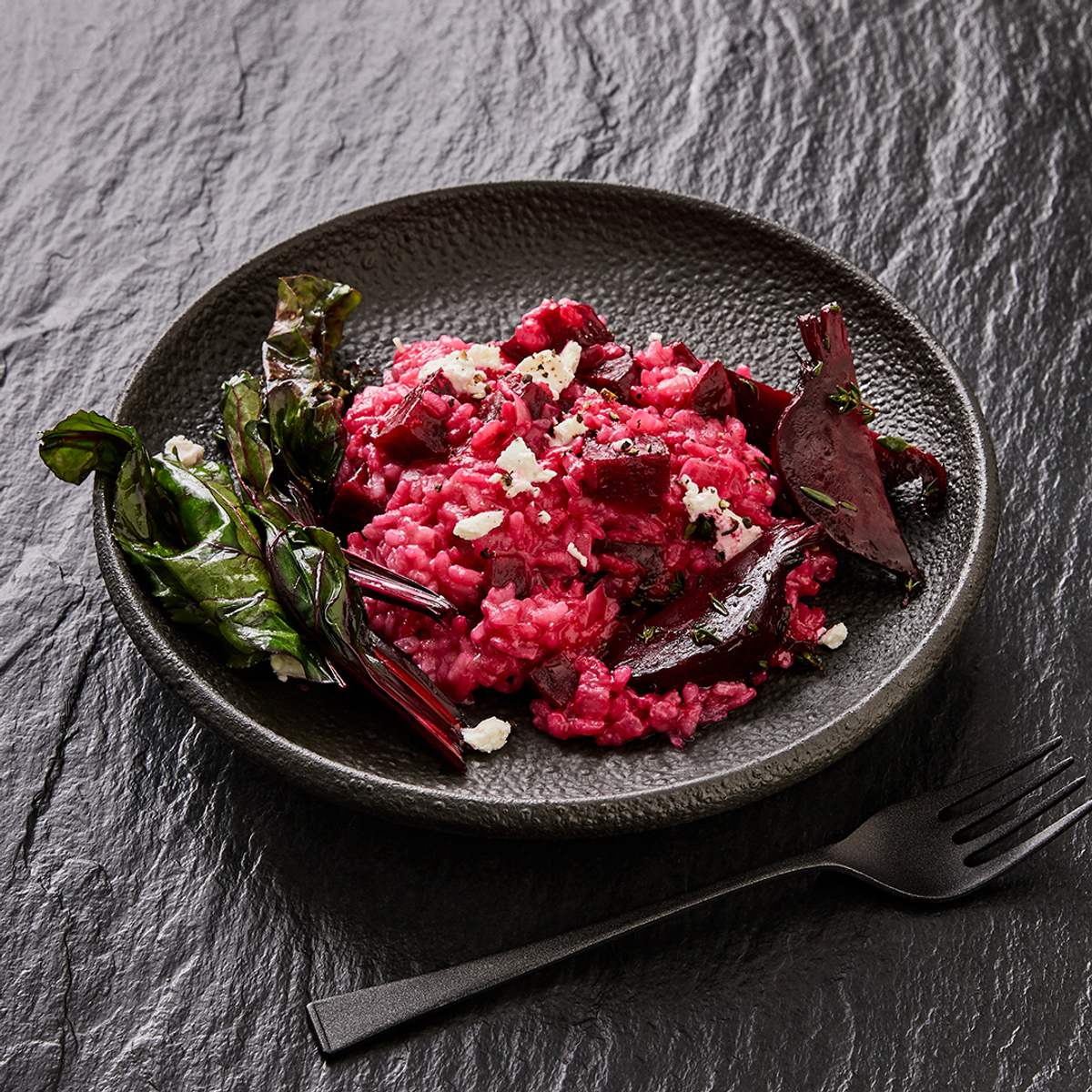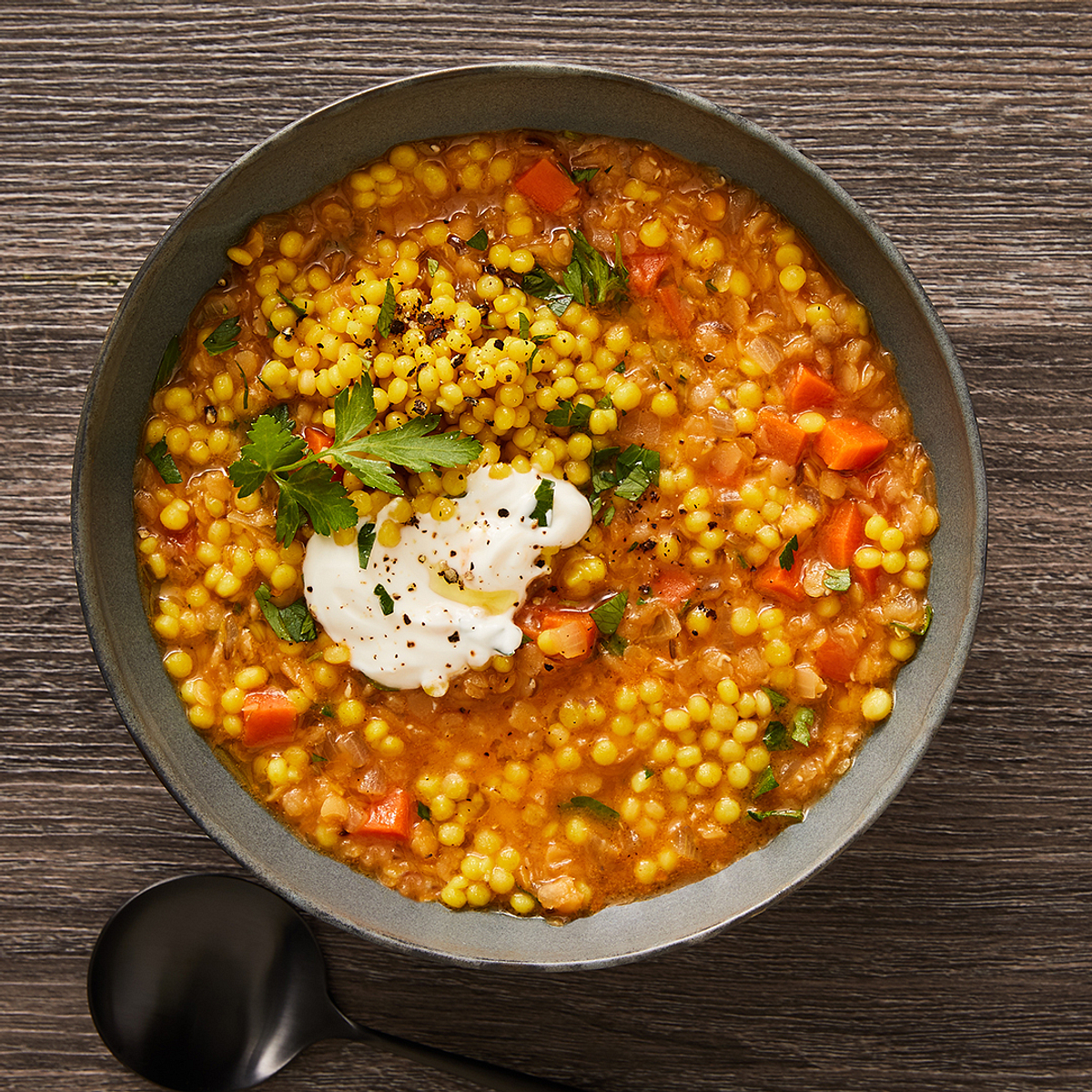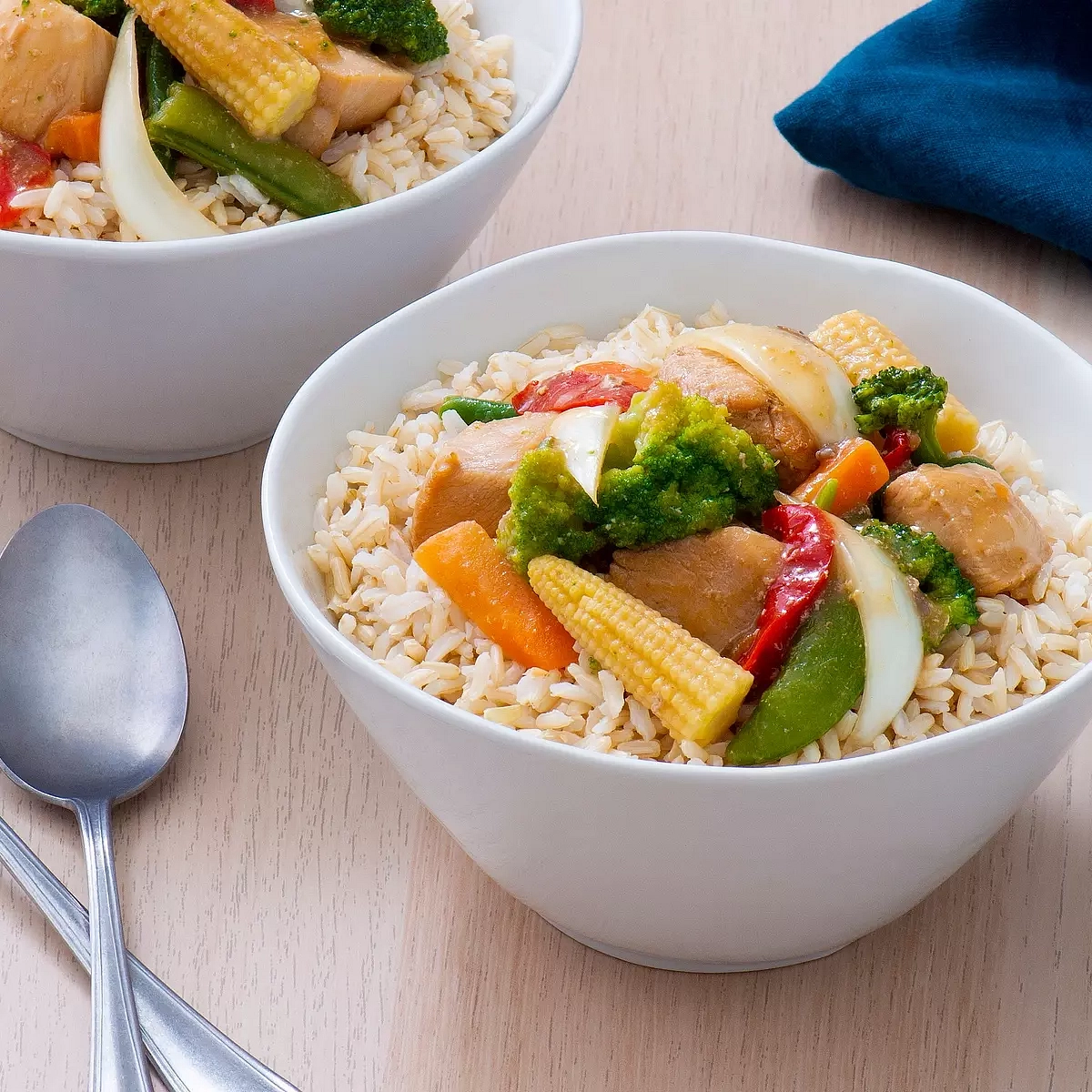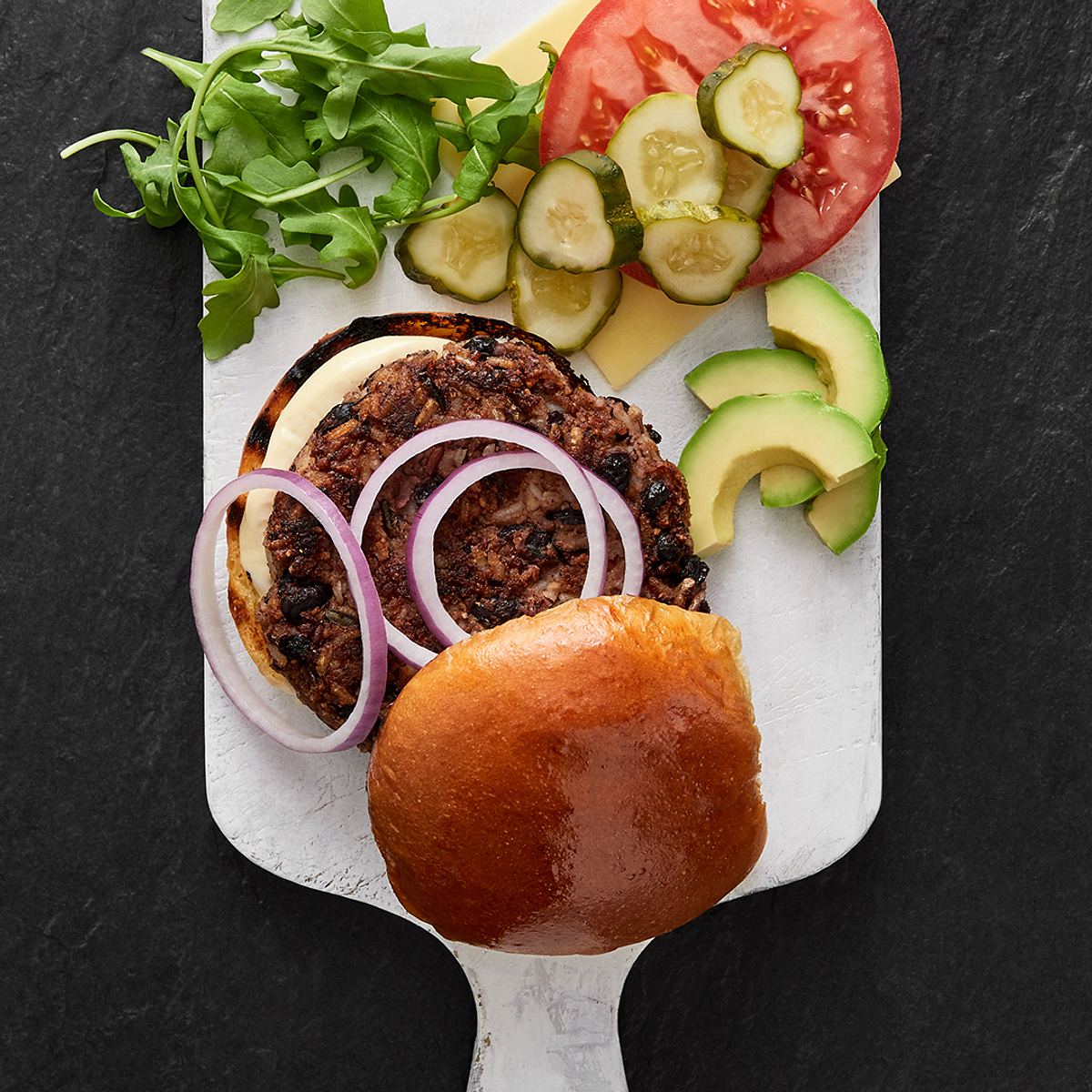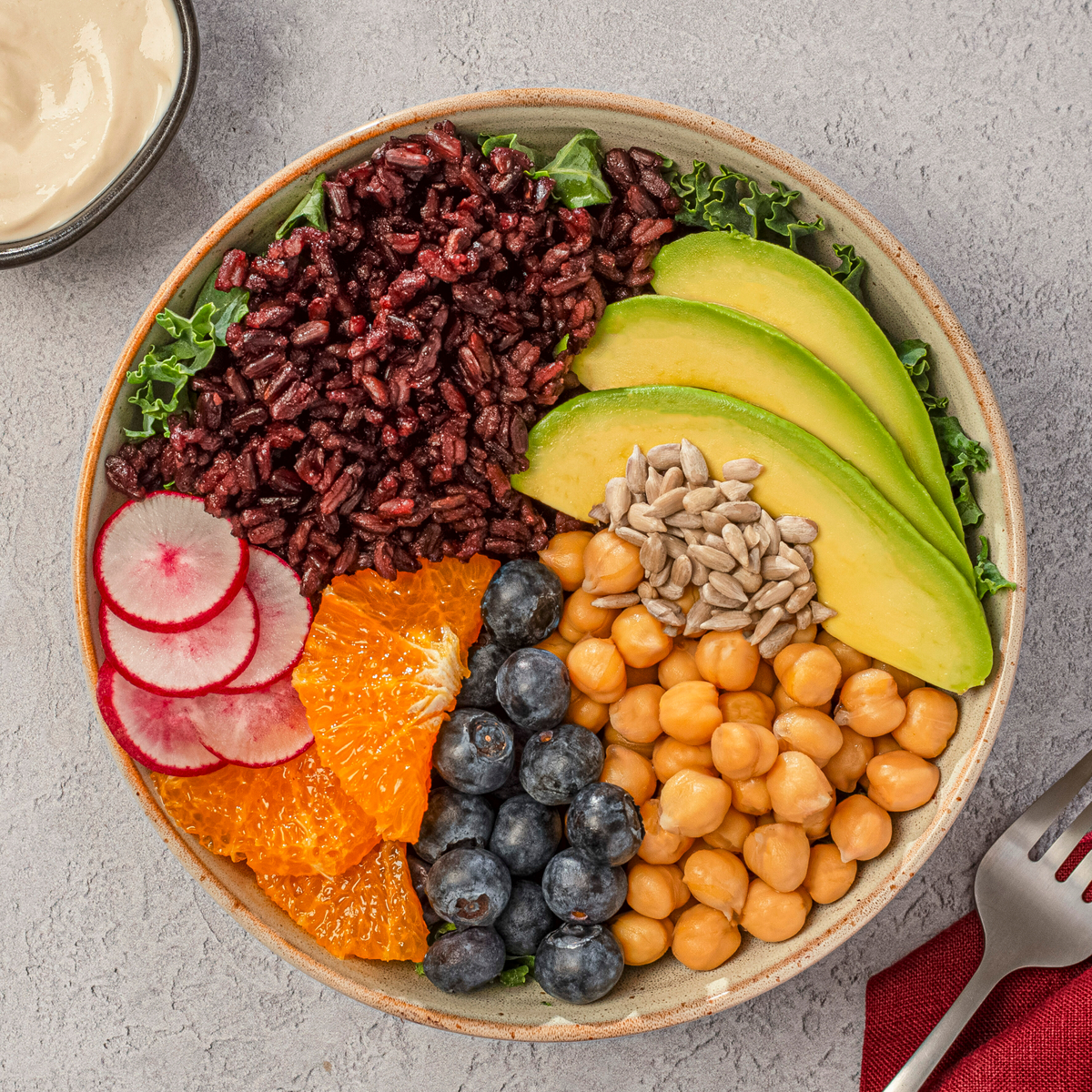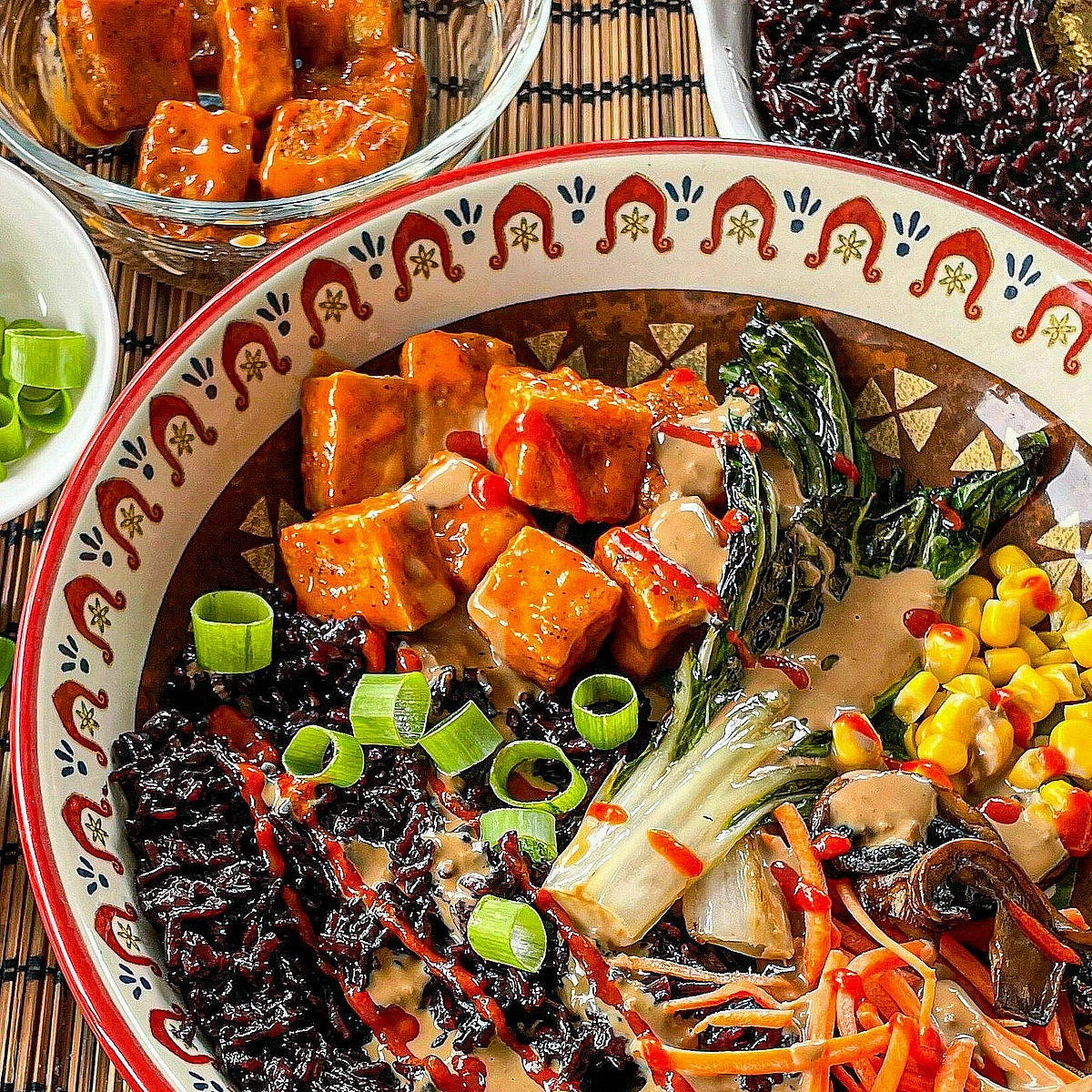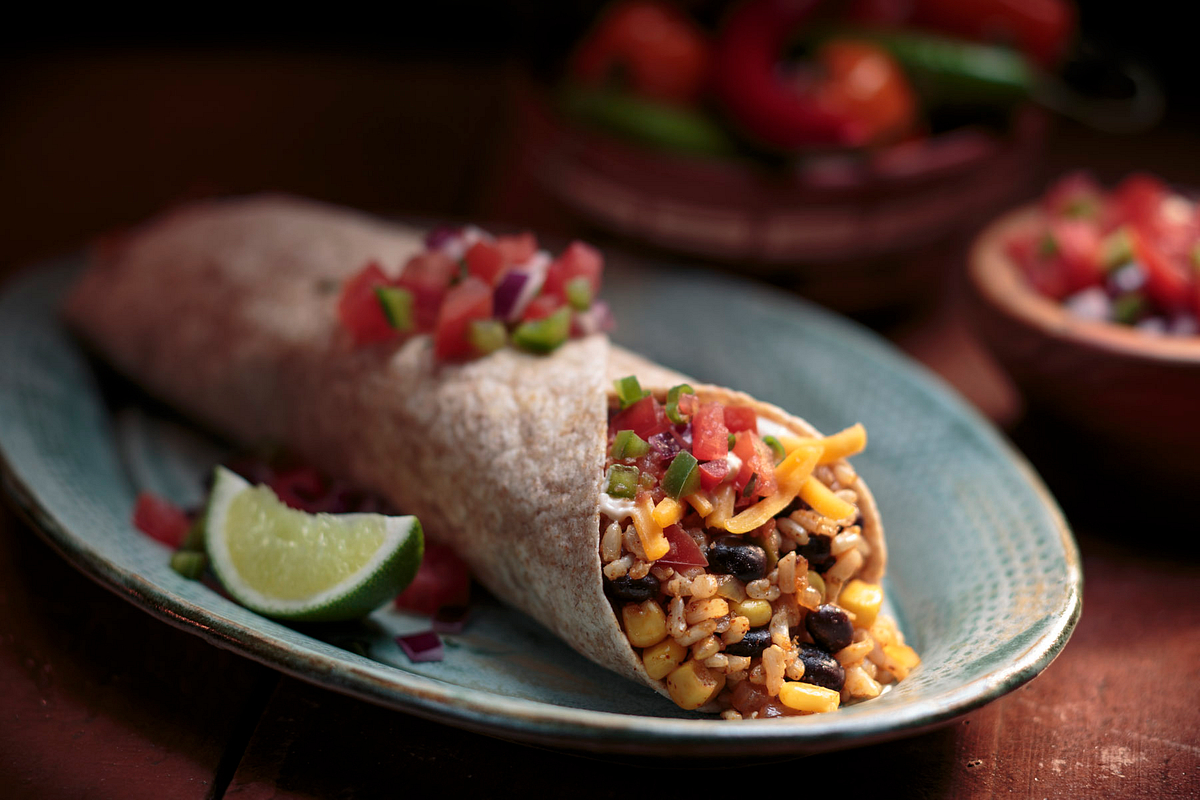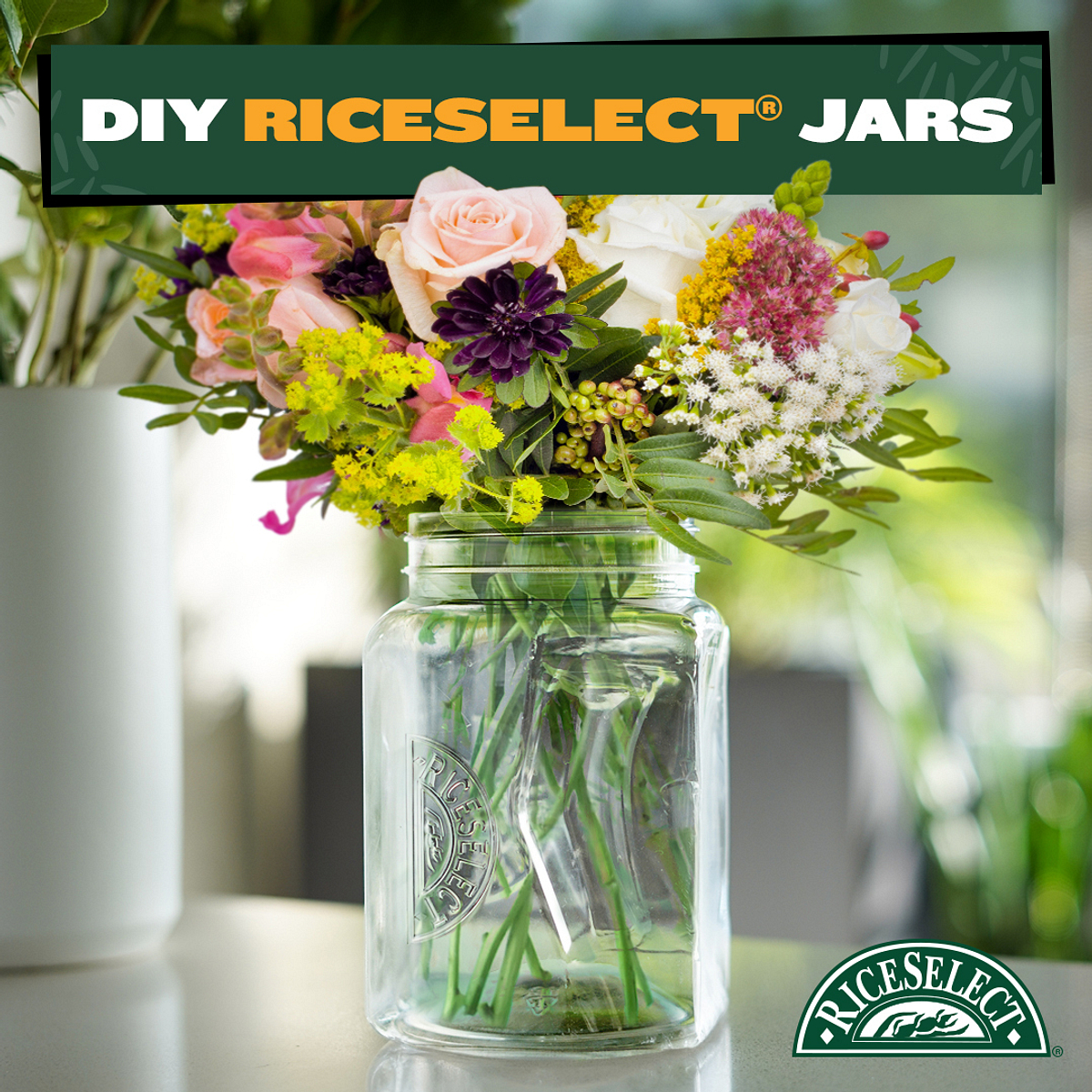Sustainability isn’t just trendy, it’s a path to creating a future we can all be proud of! At RiceSelect®, we are committed to playing our part in protecting our planet. Embracing sustainable practices in the kitchen — such as learning how to reduce food waste, conserving water and energy, and shopping local — is a significant step towards reducing our impact on the environment. Plus, beyond the benefits to the environment, these habits can help you save money as you support your local community.
The first step towards building a more sustainable future is knowing how you can make a difference in your own home. Adapting your kitchen practices and encouraging others to do the same is a powerful way to enact change! From cooking with in-season ingredients to learning sustainable recipes and how to reduce waste in the kitchen, we cover all the bases in our journey towards a more sustainable future. Change CAN start in the comfort of your own kitchen, and we’ll show you how!
Smart Meal Planning to Reduce Food Waste
What’s the first step toward sustainable cooking at home? Creating a meal plan each week — and sticking to it! Though it may seem daunting, having a plan for what you and the family will eat each week is a great step toward learning how to reduce food waste. It can also help you save money and avoid the unnecessary stress of not knowing what to cook. Plus, once you get the hang of it, you’ll see that meal planning can actually be fun!
Before you begin, make a list of ingredients that you already have in the pantry and freezer. Items like canned goods, RiceSelect® products, pasta, flour, condiments and more can be used in combination with the fresh produce and meat you buy each week.
Write down meal ideas for each night, including the number of servings you will need. Next to this, write down which ingredients, and how much of each, you’ll need to buy to make each meal. Try to only buy what you’ll need.
Plan meals that use similar ingredients. For example, if you have one meal that uses broccoli or salad, try to use any leftovers in another meal, another day.
Sustainable cooking means preparing more plant-based meals. Plan a couple of vegetarian meals per week.
If you know you will have leftovers, work them into your meal plan. For example, leftover risotto can become tomorrow’s arancini!
When creating a meal plan, don’t just think about sustainability. The most sustainable practice is actually eating what you cook, so making dishes you and your family will love is an important part of the process!
Using Leftovers and Composting
When cooking at home, a certain amount of leftover food is inevitable. Don’t fret! There are several easy ways to repurpose leftovers so that none of your hard work goes to waste.
Incorporate leftovers into your meal planning. If you’re making your favorite couscous recipe on Monday, factor that into Tuesday’s menu by planning a recipe that uses leftover couscous. Soups, such as our Lentil and Turmeric Pearl Couscous Soup, are always a great option in this respect!
Learn how to store leftover rice correctly. Store leftover rice in shallow, airtight containers. Rice will keep for 3 to 5 days when refrigerated and up to 6 months when frozen.
Make friends with leftovers for lunch! Pack leftovers into airtight containers in the fridge, and know exactly what’s for lunch the next day.
Make plenty of salads. Combined with fresh produce and zippy dressings, leftover rice, couscous and orzo can be transformed into something new! Make the most of their flexibility and put your leftovers to good use.
No matter how careful you are with your meal planning, there will sometimes be a certain amount of leftover food that you can’t repurpose into new meals. That’s why more and more people are turning to composting as a means to dispose of their food waste in a more sustainable way. Composting is a simple process that involves converting organic food matter into natural fertilizer, which can then be used in gardens.
Storing Food Properly
Food that’s fresh, crisp and colorful makes for the best meals. Storing it properly, then, can not only save you from discovering wilted greens and shrunken lemons in the back of the fridge, it can also help prevent food waste. Follow these tips to extend the shelf life of perishable ingredients and leftovers.
Though most produce lasts longer in the fridge, winter squashes and starchy vegetables, such as potatoes, are actually best stored in a cool, dark spot with low humidity.
Some fruit is best stored at room temp and eaten within a few days of purchase. This includes ripe bananas, pears, melons and mangoes.
Other types of fruits, such as berries, citrus fruits, peaches, and more, can be kept on the counter for a few days, and then moved to the fridge.
Leafy greens should not be washed until you’re ready to use them. Store them in a plastic bag in the fridge.
Storing leftovers properly will go a long way to ensuring they don’t go to waste! Begin by portioning leftovers out for lunches or for a second meal. Store leftovers in airtight containers in the fridge for 3 to 4 days. If possible, separate saucy components from dry ones, such as rice, pasta or potatoes, and reheat separately when the time comes.
Some leftovers, such as lasagna or soup, can be stored in airtight containers or storage bags in the freezer for up to 3 months. Just be sure to label leftovers clearly so you can find them in the future!
Cooking with Organic, Seasonal and Local Ingredients
Cooking with organic rice and grains is another way you can have a positive effect on the environment. That’s why RiceSelect® offers a wide range of USDA-approved organic products for you to enjoy. Our organic grains are produced in line with the best agricultural practices designed to minimize their impact on the environment. If you’re curious about cooking with organic rice, then this Beet and Goat Cheese Risotto is a great place to start. Unique and vibrant, it’s a rich and flavorful dish made with RiceSelect® Arborio Rice. What’s more, you could cap off your meal with an organic take on a classic — Crème Brûlée Rice Pudding.
Cooking with Seasonal Veggies
Sourcing seasonal, locally-harvested produce is a terrific way to reduce your carbon footprint while also supporting your local economy. A time-honored tradition, shopping seasonal and local is not only eco-friendly but also economical. Delicious and customizable, this Ginger Chicken Stir-Fry is a great dish to make with seasonal ingredients. Simply adapt the veggie portion of the recipe in line with what’s in season near you, and embrace a truly sustainable recipe!
Sustainable Cooking: Plant-Based and Zero-Waste Recipes
Grilled Veggie Burger
Smoky, spicy, satisfying and rich, these burgers deliver bold flavor without a speck of meat. Opt for RiceSelect® Royal Blend® Rice for a nutty backdrop to every morsel.
Miso Black Rice Bowl
A rice bowl that you can customize to your heart’s content, this loaded dish is a delicious zero-waste recipe. Though the recipe calls for kale, sweet potato, mushrooms and avocado, feel free to sub in any vegetables you need to use up.
Vegan Black Rice Buddha Bowl
Gorgeous and nutty, RiceSelect® Black Rice is a rare grain that electrifies any dish. Prepared as is, this sweet and savory, layered rice bowl is completely vegan. Add a hard-boiled egg, grilled chicken or shrimp when you’re craving more protein.
Vegan Bang Bang Tofu Black Rice Bowl
If you think tofu is boring, you’ve never had it crisped up then bathed in fiery, sweet bang bang sauce! Paired with a tangle of veggies, creamy tahini miso and a tempting serving of RiceSelect® Black Rice, it makes a triumphant case for sustainable cooking.
Brown Rice and Black Bean Burrito
It’s easy to reduce food waste when you have a plan! Use leftovers from these simple yet satisfying vegetarian burritos to make a hearty casserole, quesadillas or a savory breakfast dish.
Plant-Based Risotto
Whether its Earth Day, Earth Month or a leisurely Saturday night, this sophisticated risotto recipe is sure to satisfy. Easy to prep, it’s also incredibly versatile and can be made with whichever seasonal, local vegetables you have on hand. Use RiceSelect® Arborio Rice for the creamiest results.
Reusing Food Packaging: Ways to Reuse the RiceSelect® Jars
Beyond reducing food waste, reducing garbage and reusing containers is a great way to live green. Handy and 100% BPA-free, RiceSelect® jars can be recycled or given new life in some truly neat ways.
As @lizfenwickdiy artfully demonstrates, there are plenty of ways in which you can reuse RiceSelect® jars in your home. Join in on the fun and show us how you’ve reused your RiceSelect® jar by tagging us on social media @riceselect.
@lizfenwickdiy Turning BPA free rice containers into chic bathroom jars! Join the upcycling fun as we give new life to these @RiceSelect jars, adding a touch of eco-friendly elegance to our space while celebrating Earth Day! 🌿♻️ #SustainableDIY #UpcycledDecor #EarthDayMagic #OpenAJarOfInspo #RiceSelect #AChefsTouch #FindYourChefsTouch ♬ original sound - Liz Fenwick | DIYs & Decor
Small steps can lead to big change when learning how to reduce food waste! Start simple, by sourcing eco-friendly ingredients, such as RiceSelect® grains, shopping local and eating with the seasons. Move on to other green habits, such as implementing a weekly meal plan and learning how to use up food scraps, and you’ll be well on your way to preventing food loss at every meal.

